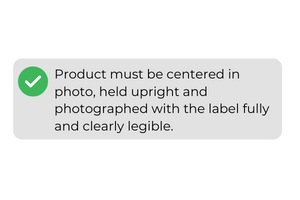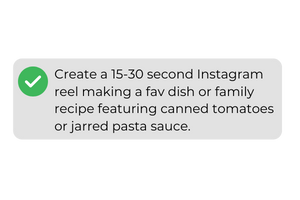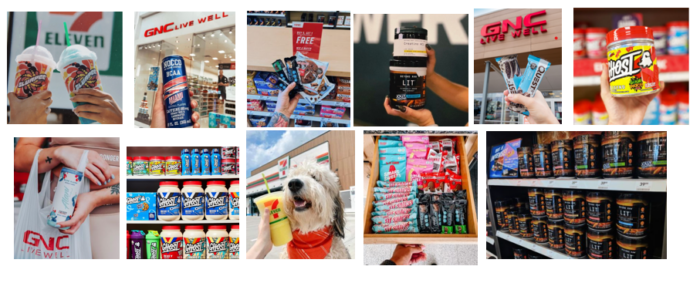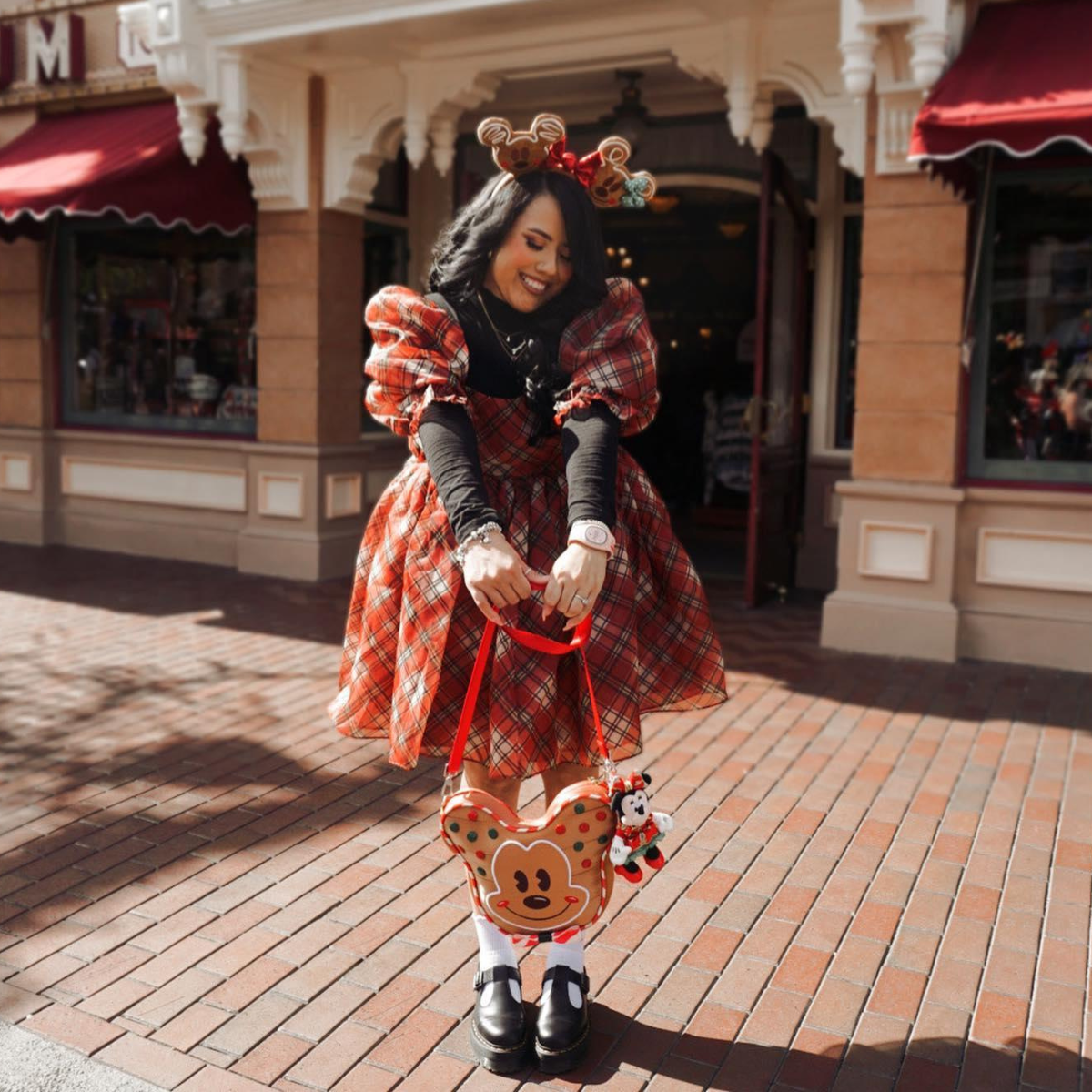An influencer brief, more commonly known as campaign guidelines, is a set of clearly defined campaign goals, expectations, and deliverables. When a creator is invited to a campaign and sees the influencer brief, the goal is to amp up the creators and be excited to join and work with your brand — all while clearly knowing what is expected of them as content creators.
The most difficult part of any influencer brief is writing the campaign guidelines. There is a variety of topics, expectations, and goals to consider varying on your brand’s vision and objectives.
1. Be clear
Creators do many different kinds of campaigns so you have to be super clear about what kind of content you’re looking for. Something might seem obvious to you that isn’t to them! On the other hand, if you are flexible, letting them do what is natural to them will achieve authentic content. But be sure to include things such as the TikTok “Safe Zone” where it applies, especially when planning to reuse content. Whatever your goal is, make sure there are actionable guidelines to help creators get it right!
- Example: If something is necessary for the campaign, such as the label from the product, say that simply so that it can’t be misunderstood.


2. Make every point concise
Speaking of saying things clearly, it makes a huge difference when you make the guidelines concise. There is such a thing as too many guidelines– When influencers see the guidelines, it can be easy for them to skim and miss details when there is so much text to look at. Make sure all of the information you are including is important! Less guidelines empower creators to be more creative and authentic.
- Example: Instead of having 2 separate guidelines saying the content type and the content length, you can say “A 30-60 second long IG Reel”.


Campaign Manager Tip: The Social Native standard guidelines already include a set of rules and guidelines to protect the brand, such as no profanity — so you can save time and skip anything that’s already covered there.
3. Be positive with your word choice
As much as possible, try to frame things in the positive rather than the negative! You want creators to be excited to be working on this and not feel like there is this long list of restrictions on them. Their creative freedom is important and changing wording around to be more positive can be really helpful.
Example: Instead of “Must not: not show face in image,” write “Must: show face in image”
4. Provide a mood board
Something that can be really helpful in getting your brand’s vision across is including video or image examples of the kind of content you’re looking for.
Example: Something like “product shot” can be interpreted by creators many different ways when you have a specific style of image in mind– examples can help bridge that gap!


5. Provide specific guidance (if it’s important to you)
If there are any specifics that are important to you, make sure they are stated here initially so creators don’t miss anything or get confused.
Example: If your brand name needs to be capitalized or a “The” needs to be included, say that! Stating these things will ensure the content meets your expectations and needs.
These are the 5 steps to writing an influencer brief for your brand’s campaigns. Following these steps when writing your creator campaign guidelines will eliminate any future headaches and ensure that your brand receives high-quality content that exceeds your expectations.
If you ever find yourself having trouble writing your influencer brief or have a specific campaign question for Social Native — reach out to your Customer Success Manager at any time and they’ll be happy to assist you!
Start an influencer campaign today!





















